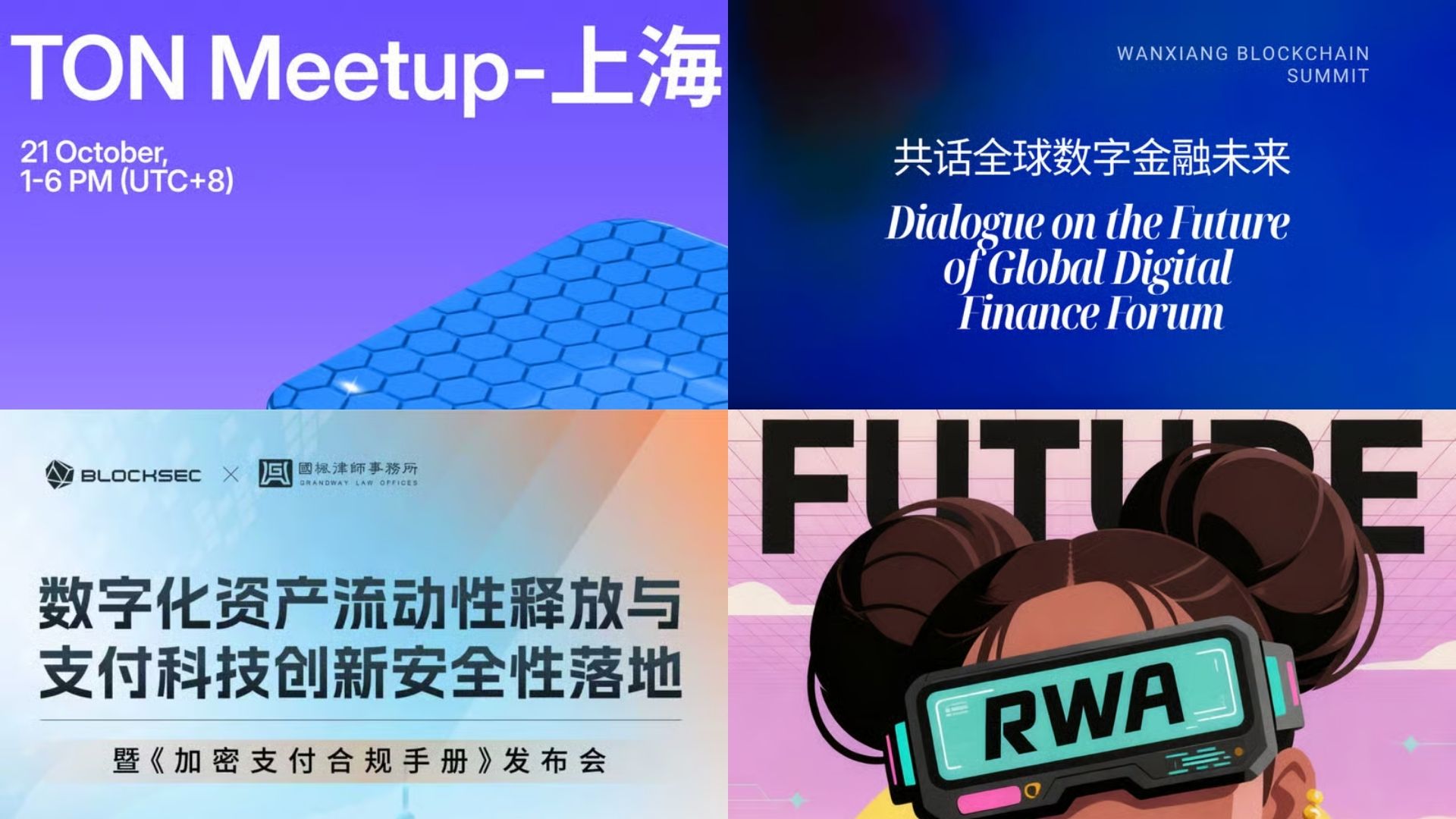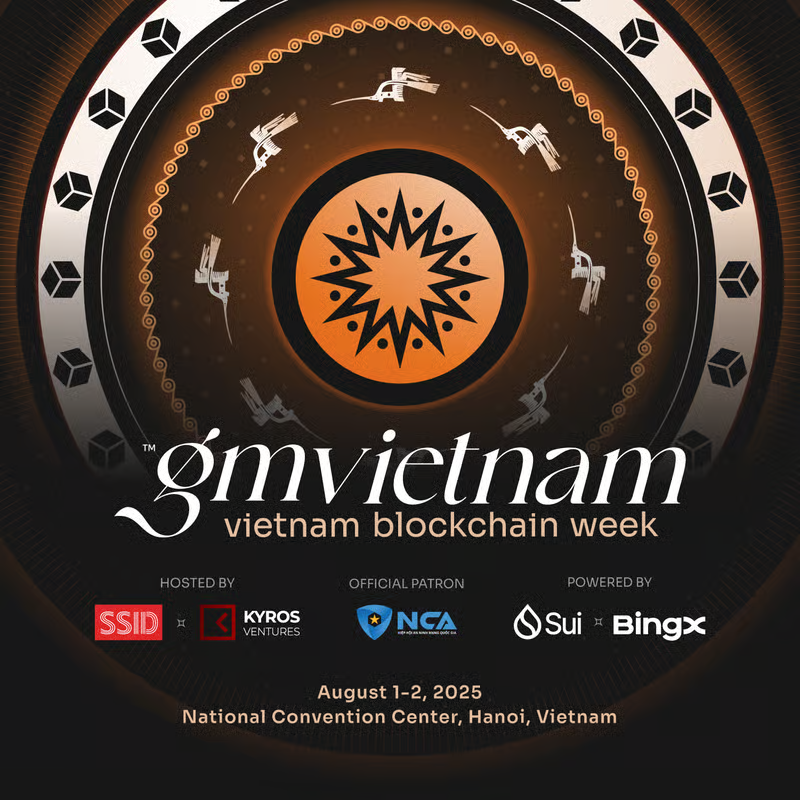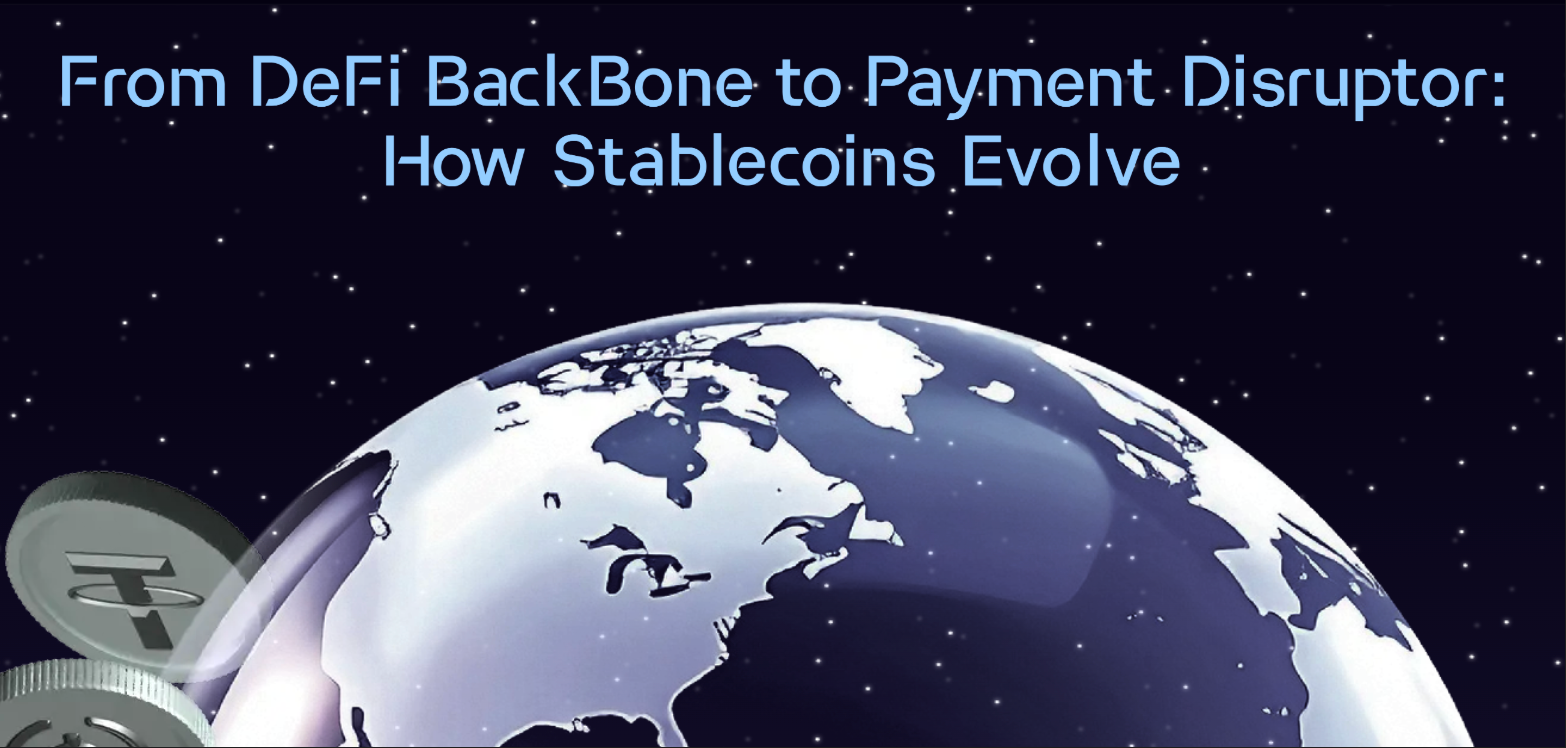


Interview: Nathan, Founding Partner of 7UpDAO
Guest: Haze, Co-founder of GMGN
Nathan: What was your background before starting GMGN?
Haze: I didn’t go to college. Before entering the crypto space, I worked at a small company. Honestly, I didn’t have any big dreams back then—I just wanted to make money. At the end of 2017, I accidentally stumbled upon news about Bitcoin. At the time, I didn’t really understand what it was for, but I thought I could buy some. Then, in 2018, I joined a quantitative trading company that focused on grid trading and started learning on my own. The first tutorial on grid trading in the industry was actually written by me. There was a note-taking platform called "Jianshu" back then, and I published some tutorials there. Unfortunately, they’re all gone now—they’ve been taken down.
Nathan: There are rumors that GMGN is backed by Pionex. Is it incubated by them?
Haze: No.GMGN is an independent project. The confusion might stem from the fact that some of GMGN’s early employees, including myself, previously worked at Pionex. I worked there for about three years, handling user growth, operations, and customer support. I did pretty much everything except coding.
Nathan: How did the idea for GMGN come about, and what was the process of getting it started?
Haze: We started working on GMGN in June 2023. The name GMGN stands for "Good Morning Good Night." But when we were first exploring directions, we discussed other ideas as well. At the time, Bitcoin ecosystem inscriptions were trending, and some team members asked if we should do something related to BRC-20.
There were already teams building BRC-20 wallets and other tools, but my initial feeling was that we shouldn’t go in that direction. First, inscriptions don’t solve anything—they have no cultural or spiritual value; they’re just about etching something into Bitcoin’s blocks. Second, the trading experience is terrible—too slow, with poor transaction and asset issuance efficiency, leading to major liquidity issues. If efficiency doesn’t improve, the bubble can’t inflate. It’s like the NFTs from the last cycle—they’ll eventually fade away.
But the core of the crypto space revolves around asset issuance and trading. After ruling out inscriptions, I discussed with our product lead and decided to focus on products related to Meme coins in the Ethereum ecosystem. So, in June 2023, GMGN’s first chain integration was Ethereum, with "smart money tracking" as the entry point. But as everyone knows, Ethereum never really took off, so in March 2024, we shifted our focus to Solana.
Why Solana? Remember the coin "Silly Dragon" in January 2024, DePin projects like Mobile in February, and Bome in March? I participated in (bought) all of them. Having put my money where my mouth is, I concluded that the capital and momentum for Meme coins would ultimately converge on Solana. After discussing with the team, who had also done extensive research, we found our internal views aligned.
Nathan: When switching from Ethereum to Solana, what potential risks did you consider in the decision-making process? Were there any risks you were worried about overlooking?
Haze: We did have internal debates, mainly about the time cost. Everyone was concerned—what if we spent another two months developing for Solana, only for it to fizzle out? That would be a major morale hit. But what convinced us was that, after working on Ethereum Memes for so long, we saw that none of the on-chain "hunters" had the same momentum as those in the Solana ecosystem. So, we decided to go all in.
Nathan: From GMGN’s inception to now, what were the major organic growth spurts that made you feel strongly, "Yeah, we bet on the right thing"?
Haze: First, after switching to the Solana ecosystem, we saw steady growth overall—that was the first sign of a successful decision. Second, in July and August 2024, we launched the "rat warehouse" feature, which led to noticeable organic growth and a surge in activity. Around the same time, Pump.fun also started gaining traction. Then, in November 2024, Binance listed ACT and Pnut, which helped educate the on-chain market.
Nathan: I feel like your product iteration logic is "bottom-up"—starting from how the product addresses user pain points to prioritize iterations. If a big company were to build a similar product, it might be "top-down," focusing first on making transactions smoother or modularizing the product for better structure and scalability, rather than iterating based on user pain points.
Haze: Yes, that’s also related to our team’s DNA. We didn’t set out on day one to build something massive. Our thinking was: let’s build something that users actually need, can use, and that fulfills them. Also, we naturally don’t have the resources to tackle something huge from the start.
Nathan: How many people were on your team initially, and how many are there now?
Haze: We started with 9 or 10 people; now we have over 30, mostly in product and tech. Internally, I’m the co-founder, and our product lead is the CEO and founder. He handles product, I handle sales and branding—we don’t manage anything else and don’t have the bandwidth for it.
Nathan: What have you done in terms of proactive operations and growth strategies?
Haze: We precisely identified KOLs and communities involved in "dog coin trading" and introduced GMGN to them. This is a resource I’ve built up over time—I’m actively involved in dog coin trading myself, so I know which KOLs truly have influence. Some of them I’ve known since the NFT era. But we didn’t approach them with referral commissions. These people are already highly skilled at making money; they don’t need commissions. What they care about is whether your tool can help them make even more. So, our collaboration focus is on whether we can iterate quickly to meet their needs.
Nathan: Have you thought about what GMGN’s ultimate form might be? Where is GMGN currently in the journey toward that ultimate form?
Haze: We don’t really think about the "ultimate form" because the on-chain space changes too fast. We only think about what features to iterate next week. Everything our team does revolves around whether a feature can be launched or if something is feasible. If I think we can do it, but the product team disagrees, we debate it and then decide whether to proceed.
Nathan: How do you view the revenue structure? Will you issue a token?
Haze: Our current revenue comes solely from transaction fees. If we face more intense competition in the future, we’ll consider whether we need to engage in a price war. But for now, that’s not a priority for us to change.
As for issuing a token, honestly, we’re still discussing it internally and haven’t reached a final decision. One concern we have is whether users would focus more on the token price and neglect using our product. If product stickiness becomes irrelevant because of token issuance, we think that would be counterproductive.
Nathan: What did you learn from the NFT marketplace wars? Even though NFTs are now in their twilight.
Haze: Whether it’s OpenSea, Blur, or other competing platforms, I think the core issue wasn’t token issuance but rather their complacency toward user needs. You don’t have to issue a token, but you do need to improve your product and take user demands seriously. Once users are accustomed to a platform, it’s hard to pull them away. How badly do you have to mess up to drive users away? Another example is BitMEX—the first derivatives exchange in crypto. When I was trading back then, its interface never changed. I remember the community suggesting updates or a mobile app, but they ignored it. Now, they’ve fallen from the top to near the bottom. For every innovator or leader in a trending space, decline comes from no longer focusing on user needs.
Nathan: How do you and your team stay hungry? Besides GMGN, what other sectors or opportunities are you paying attention to?
Haze: I think you have to constantly explore new things without bias. Just try out whatever is new, and if you happen to find something that solves user pain points, give it a shot.
Besides GMGN, I’m quite interested in the Payfi space. I believe crypto cross-border payments can solve major problems, but I haven’t figured out the best implementation or entry point. It’s challenging right now and requires more thought. But even if you don’t build it yourself, figuring out the answer would be pretty cool.
Nathan: When do you think on-chain trading volume will surpass that of CEXs? What are your major predictions for the industry in the coming years?
Haze: I believe the next four years will be the golden era for the crypto market. Trump, as U.S. president, issuing a token indirectly acknowledges crypto’s legitimacy—it’s no longer a gray area. Plus, Elon Musk, a crypto advocate, interacts frequently with Trump, which is unprecedented in crypto history. So, these four years under Trump’s administration will be golden, with the best liquidity we’ve seen.
Currently, on-chain asset trading volume is $130 billion. In November 2024, it was only $40 billion. In just two months, it surged from $40 billion to $130 billion. Within the next year, on-chain asset trading volume could easily exceed $1 trillion, surpassing CEX trading volume and unleashing more wealth effects.
Nathan: By the way, what’s your birth year and zodiac sign? What do you do outside of work?
Haze: I was born in August 1987—I’m a Leo. I’ve been in Singapore for four years now. Two years ago, my MBTI test showed I was an introvert. Outside of work, I enjoy sunbathing, sweating it out, and playing tennis with a coach.




